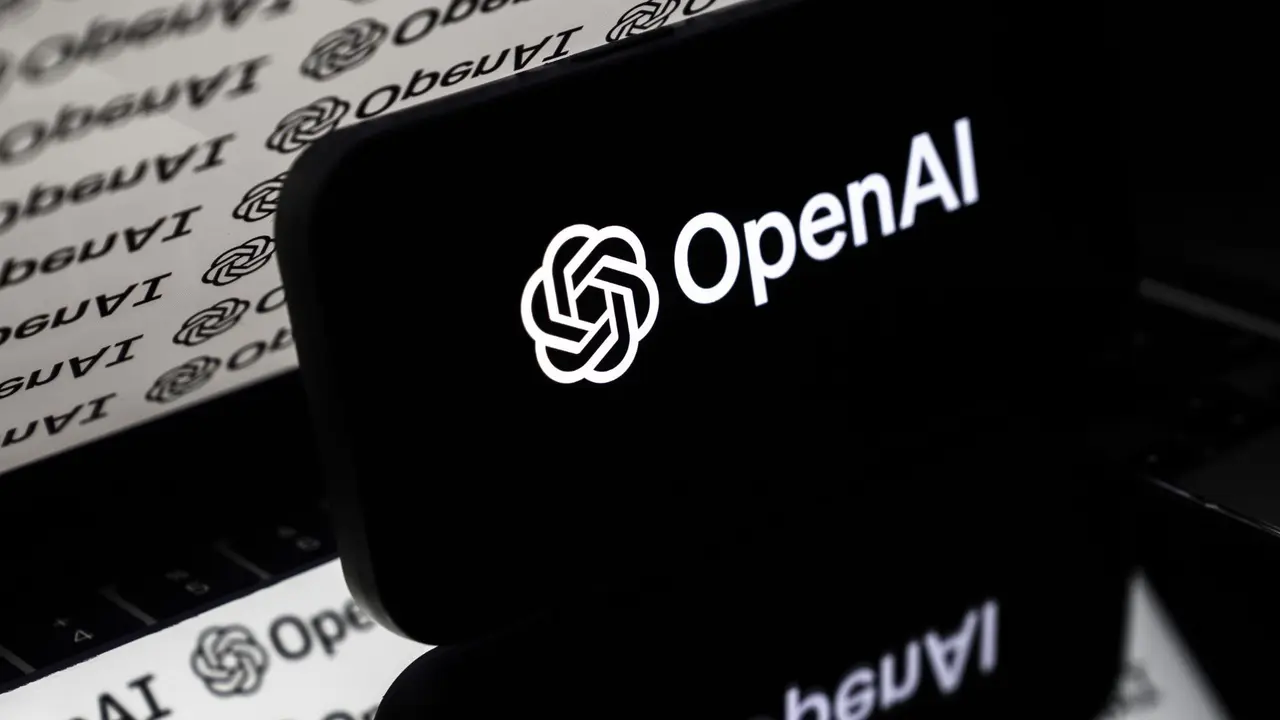AI-Powered Wearable Technology Promises Faster, Accurate Heart Attack Detection
2 Sources
2 Sources
[1]
Engineers develop wearable heart attack detection tech
In a study published in Intelligent Systems, Blockchain and Communication Technologies, electrical and computer engineering assistant professor Kasem Khalil shows that a new technology developed at his lab could improve heart attack detection methods without sacrificing accuracy. "For this issue, a few minutes or even a few extra seconds is going to give this person the care they need before it becomes worse," Khalil said. "Compared to traditional methods, our technology is up to two times faster, while still highly accurate. "Our target was not only to increase performance for classifying heart attacks. We are also focusing on the design. If we want to make this device a usable machine for any person, that means it has to be something lightweight and economic." In the United States, someone dies from a heart attack every 40 seconds. Heart disease -- a collection of underlying conditions that can lead to a heart attack -- is the leading cause of death in the United States. Khalil and his team used artificial intelligence and advanced mathematics to design a chip that can analyze electrocardiograms, known as ECGs -- graphs of the heart's electrical signals -- and detect a heart attack in real-time. The resulting technology is lightweight and energy efficient enough to be embedded in wearable devices while still being 92.4% accurate -- higher than many current methods. "We wanted to be able to implement this in a way that is real," said Tamador Mohaidat, a doctoral student in Khalil's lab and co-author of the publication. "This is portable hardware that can be in wearable or monitoring devices. "This method will save lives because we can monitor the heart in real time." Mohaidat, from Irbid, Jordan, focused on creating the artificial neural network, while Md. Rahat Kader Khan focused on building the software for the device. Khan, a second-year computer engineering graduate student from Dhaka, Bangladesh, said the Khalil lab is unique in that it focuses on all aspects of the technology they hope to create. "Some labs only focus on the software part, and they don't think about the hardware that's needed," Khan said. "But in our lab, we focus on the whole product. Each of us has a responsibility, but we work together. "That's how we optimize the whole system, by focusing on the overall architecture." Current methods of heart attack detection often must happen in a medical facility. A patient experiencing chest pain or who suspects they're having a heart attack must first go through an electrocardiogram or blood tests to diagnose their condition. All of that takes time that a patient might not have, the researchers said. If a wearable device such as a watch or a phone can cut down on diagnosis time, patients could get faster treatment. "When a patient is having a heart attack, the sooner you can treat them, the less likely they are to have permanent damage," Khalil said. "There's a huge time-sensitive element to heart attacks." While Khalil and his team continue developing the technology, he said he sees other health care applications for these devices. "We want to be able to predict or identify many problems using technology like this," he said. "Whether that's heart attacks or seizures or dementia. The detection of a disease or condition depends on the disease itself, but we're working to find faster, more efficient ways of doing that."
[2]
Engineers develop wearable heart attack detection technology
Every second counts when it comes to detecting and treating heart attacks. That's where a new technology from the University of Mississippi comes in to identify heart attacks faster and more accurately than traditional methods. In a study published in papers from the International Conference on Intelligent Systems, Blockchain and Communication Technologies, electrical and computer engineering assistant professor Kasem Khalil shows that a new technology developed at his lab could improve heart attack detection methods without sacrificing accuracy. "For this issue, a few minutes or even a few extra seconds is going to give this person the care they need before it becomes worse," Khalil said. "Compared to traditional methods, our technology is up to two times faster, while still highly accurate. Our target was not only to increase performance for classifying heart attacks. We are also focusing on the design. If we want to make this device a usable machine for any person, that means it has to be something lightweight and economical." In the United States, someone dies from a heart attack every 40 seconds. Heart disease -- a collection of underlying conditions that can lead to a heart attack -- is the leading cause of death in the United States. Khalil and his team used artificial intelligence and advanced mathematics to design a chip that can analyze electrocardiograms, known as ECGs -- graphs of the heart's electrical signals -- and detect a heart attack in real-time. The resulting technology is lightweight and energy-efficient enough to be embedded in wearable devices while still being 92.4% accurate -- higher than many current methods. "We wanted to be able to implement this in a way that is real," said Tamador Mohaidat, a doctoral student in Khalil's lab and co-author of the publication. "This is portable hardware that can be in wearable or monitoring devices. "This method will save lives because we can monitor the heart in real time." Mohaidat, from Irbid, Jordan, focused on creating the artificial neural network, while Md. Rahat Kader Khan focused on building the software for the device. Khan, a second-year computer engineering graduate student from Dhaka, Bangladesh, said the Khalil lab is unique in that it focuses on all aspects of the technology they hope to create. "Some labs only focus on the software part, and they don't think about the hardware that's needed," Khan said. "But in our lab, we focus on the whole product. Each of us has a responsibility, but we work together. That's how we optimize the whole system, by focusing on the overall architecture." Current methods of heart attack detection must often happen in a medical facility. A patient experiencing chest pain or who suspects they're having a heart attack must first go through an electrocardiogram or blood tests to diagnose their condition. All of that takes time that a patient might not have, the researchers said. If a wearable device such as a watch or a phone can cut down on diagnosis time, patients could get faster treatment. "When a patient is having a heart attack, the sooner you can treat them, the less likely they are to have permanent damage," Khalil said. "There's a huge time-sensitive element to heart attacks." While Khalil and his team continue developing the technology, he said he sees other health care applications for these devices. "We want to be able to predict or identify many problems using technology like this," he said, "whether that's heart attacks or seizures or dementia. The detection of a disease or condition depends on the disease itself, but we're working to find faster, more efficient ways of doing that."
Share
Share
Copy Link
Engineers at the University of Mississippi have developed a new AI-driven wearable technology that can detect heart attacks in real-time, potentially saving lives through faster diagnosis and treatment.

Breakthrough in Heart Attack Detection Technology
Researchers at the University of Mississippi have made a significant advancement in heart attack detection technology, potentially revolutionizing how these life-threatening events are identified and treated. Led by electrical and computer engineering assistant professor Kasem Khalil, the team has developed a wearable device that can detect heart attacks in real-time with high accuracy
1
2
.AI-Powered Innovation
The new technology leverages artificial intelligence and advanced mathematics to analyze electrocardiograms (ECGs) - graphs of the heart's electrical signals. The team designed a chip that can process this data in real-time, making it suitable for integration into wearable devices
1
."Compared to traditional methods, our technology is up to two times faster, while still highly accurate," Khalil stated, emphasizing the critical nature of rapid detection in heart attack cases
1
.Technical Specifications and Performance
The device boasts an impressive 92.4% accuracy rate, surpassing many current methods. Its lightweight and energy-efficient design makes it ideal for incorporation into wearable technology such as smartwatches or monitoring devices
2
.Tamador Mohaidat, a doctoral student involved in the project, focused on creating the artificial neural network, while Md. Rahat Kader Khan developed the software. This holistic approach to both hardware and software development has resulted in an optimized system
1
2
.Potential Impact on Heart Attack Treatment
In the United States, heart disease is the leading cause of death, with someone dying from a heart attack every 40 seconds. The time-sensitive nature of heart attacks makes rapid detection crucial for patient outcomes
1
."When a patient is having a heart attack, the sooner you can treat them, the less likely they are to have permanent damage," Khalil explained, highlighting the potential life-saving impact of this technology
2
.Related Stories
Advantages Over Current Methods
Traditional heart attack detection methods often require patients to visit a medical facility for electrocardiograms or blood tests, which can be time-consuming. The new wearable technology could significantly reduce diagnosis time, allowing for faster treatment
1
2
.Future Applications
While the current focus is on heart attack detection, Khalil and his team envision broader applications for this technology in healthcare. They aim to adapt the system for detecting other conditions such as seizures and dementia, working towards faster and more efficient diagnostic methods across various medical fields
1
2
.As this innovative technology continues to develop, it represents a promising step forward in the intersection of artificial intelligence, wearable devices, and critical healthcare applications. The potential for saving lives and improving patient outcomes makes this a significant advancement in medical technology.
References
Summarized by
Navi
[1]
[2]
Related Stories
Starfish-Inspired Wearable Tech with AI Revolutionizes Heart Health Monitoring
03 Apr 2025•Science and Research

Yale Researchers Develop AI Algorithm to Detect Structural Heart Disease Using Smartwatch ECG Data
03 Nov 2025•Health

AI Revolutionizes Heart Disease Detection: From ECGs to Hidden Conditions
17 Jul 2025•Health

Recent Highlights
1
AI Chatbots Sway Voters More Effectively Than Traditional Political Ads, New Studies Reveal
Science and Research

2
Trump signs executive order to override state AI laws despite bipartisan pushback
Policy and Regulation

3
OpenAI warns upcoming AI models will likely pose high cybersecurity risk with zero-day exploits
Technology





